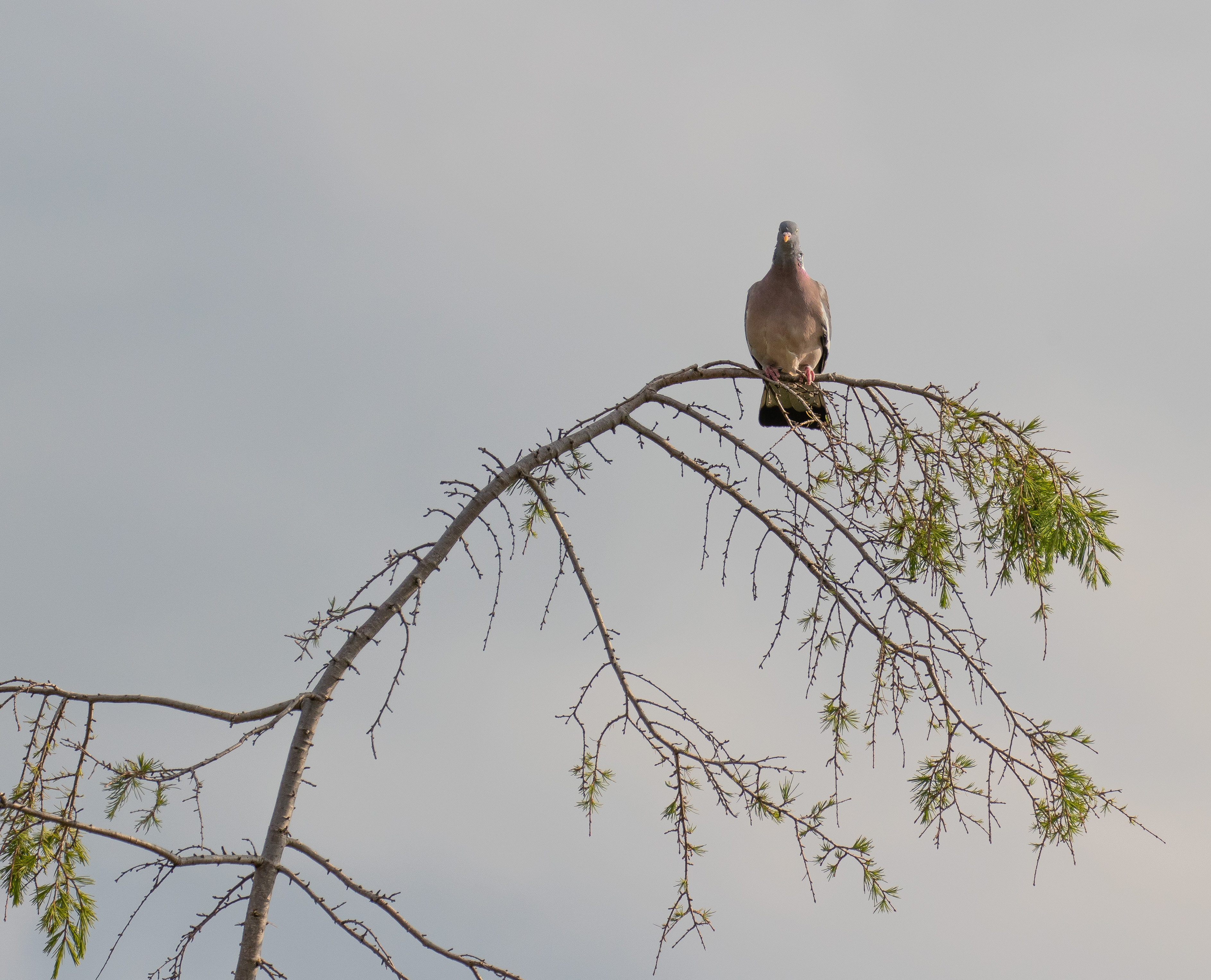When it comes to ecological surveys planning ahead is essential because survey seasons are short and a missed season can mean a significant delay.
Ecological surveys are seasonal because some surveys target the time of the year when a specific species is utilising a certain habitat, or when the season dictates that habitats will be in their optimal growing season, allowing an accurate assessment of diversity and value. Therefore, a missed survey will often cause a full season of delays as you wait for the optimal season to come round again.
Yes, there are some surveys that can be carried out all year round, such as general assessments for protected species and habitats, but that doesn’t mean that any survey can be moved to fit in with your specific timetable. Most ecologists provide an ‘Ecological Survey Calendar’ on their websites to help you plan ahead or will happily provide advice over the phone or by email. The following adds to that by giving a run-down of what to expect each month, what surveys can be carried out and why that month is optimal for the surveys.
January & February
January and February are quiet months, for people and animals. The weather is cold, vegetation levels are low and the days are short, but that doesn’t mean that there aren’t surveys that need to be carried out, or work to do to set up surveys for later in the season.
The winter is the time to look for hibernating bats, with January and February being the peak of the hibernation season. The winter is also an ideal time for woodland and tree assessments because the lack of foliage makes Potential Roost Features (PRF) easier to assess from ground level and woodlands are open and light due to the lack of foliage in the canopy.
The winter is also an ideal time to carry out badger surveys. Although activity levels may be slightly lower badgers are actively marking their territories and the lack of vegetation means that field signs can be seen without the need to fight through dense and unforgiving undergrowth.
That lack of vegetation also signals an ideal time to get out and set up your dormouse tubes ready for surveys later in the season.
Another consideration for the winter is over-wintering birds, does your site provide ideal habitat for birds during the coldest of the seasons? Now is the time to find out.
March
As March approaches the natural world starts to come to life, woodland ground flora comes into bloom and starts its race against the encroaching darkness of the canopy and the receding frosts wake up Mr Toad and the rest of the amphibian world.
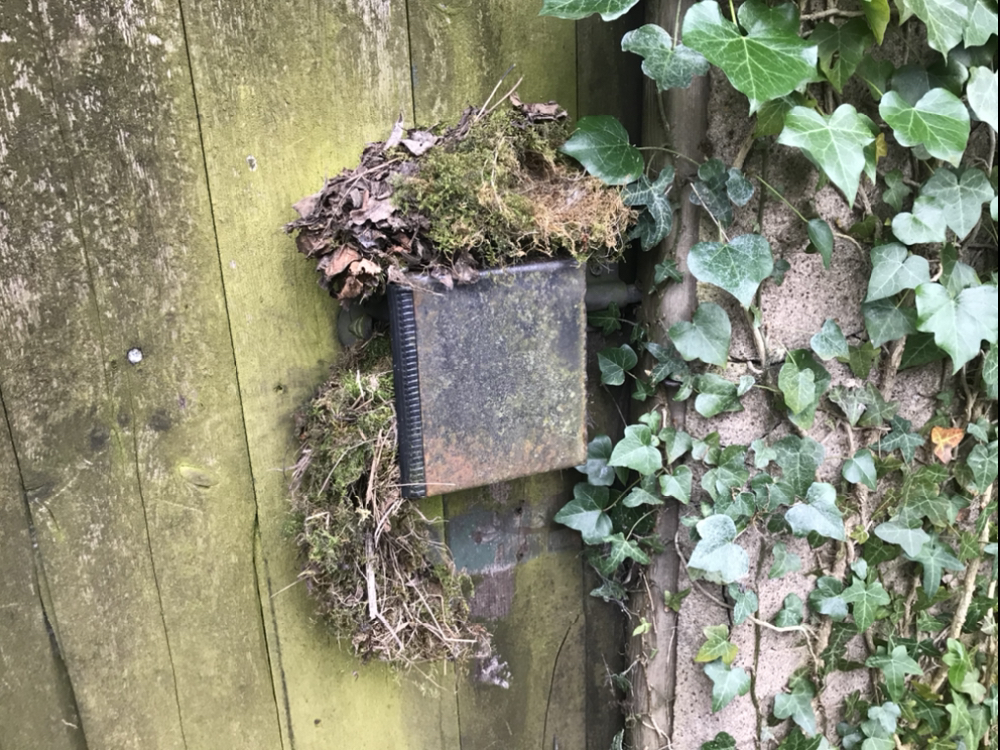
March is the time to start thinking about aquatic amphibian surveys. As animals return to their ponds to breed, the survey season begins with mid-March the start of the season for physical surveys of ponds.
March also sees the start of the nesting season for birds, which should be a consideration for any work. This is because years of evolution have seen birds adapt to be able to nest in/on anything from trees to piles of cut vegetation and even, if you aren’t so lucky, site machinery and parked cars.
April
From late March into April spring begins and the warmer temperatures and longer days signal the start of the season for even more species, opening up the potential for more surveys.
April into May sees the peak of the amphibian survey season and the start of eDNA surveys for the species.
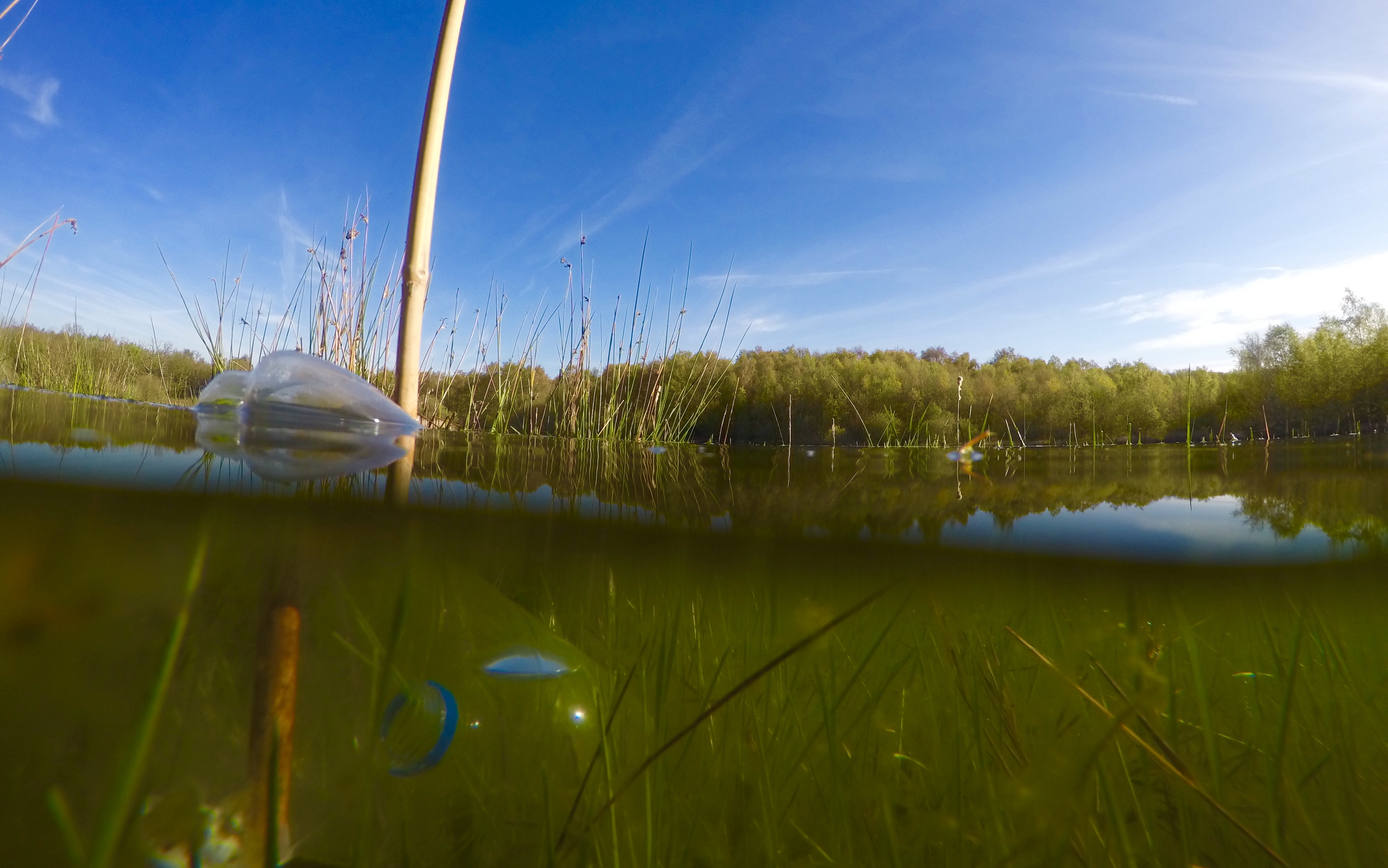
The weather wakes up some other hibernators, which sees the start of transect surveys for bats and time to get back out and check those dormouse tubes that you remembered to set up earlier in the year. Reptiles will also start to get out and enjoy the spring sunshine.
The warming weather and emerging vegetation also start the peak survey season for Mr Toads’ friend, Ratty (actually a water vole), allowing water vole surveys to start.
May to August
May to August sees the silly season for ecology begin as the summer months see the peak season for a lot of surveys. It is the peak growing season for most habitats, particularly grasslands, allowing thorough assessments of the diversity and value of the habitats to be undertaken.
The months also signal the beginning of the season for grouchy and tired ecologists as surveys extend to dusk and dawn and healthy sleeping patterns go out of the window.
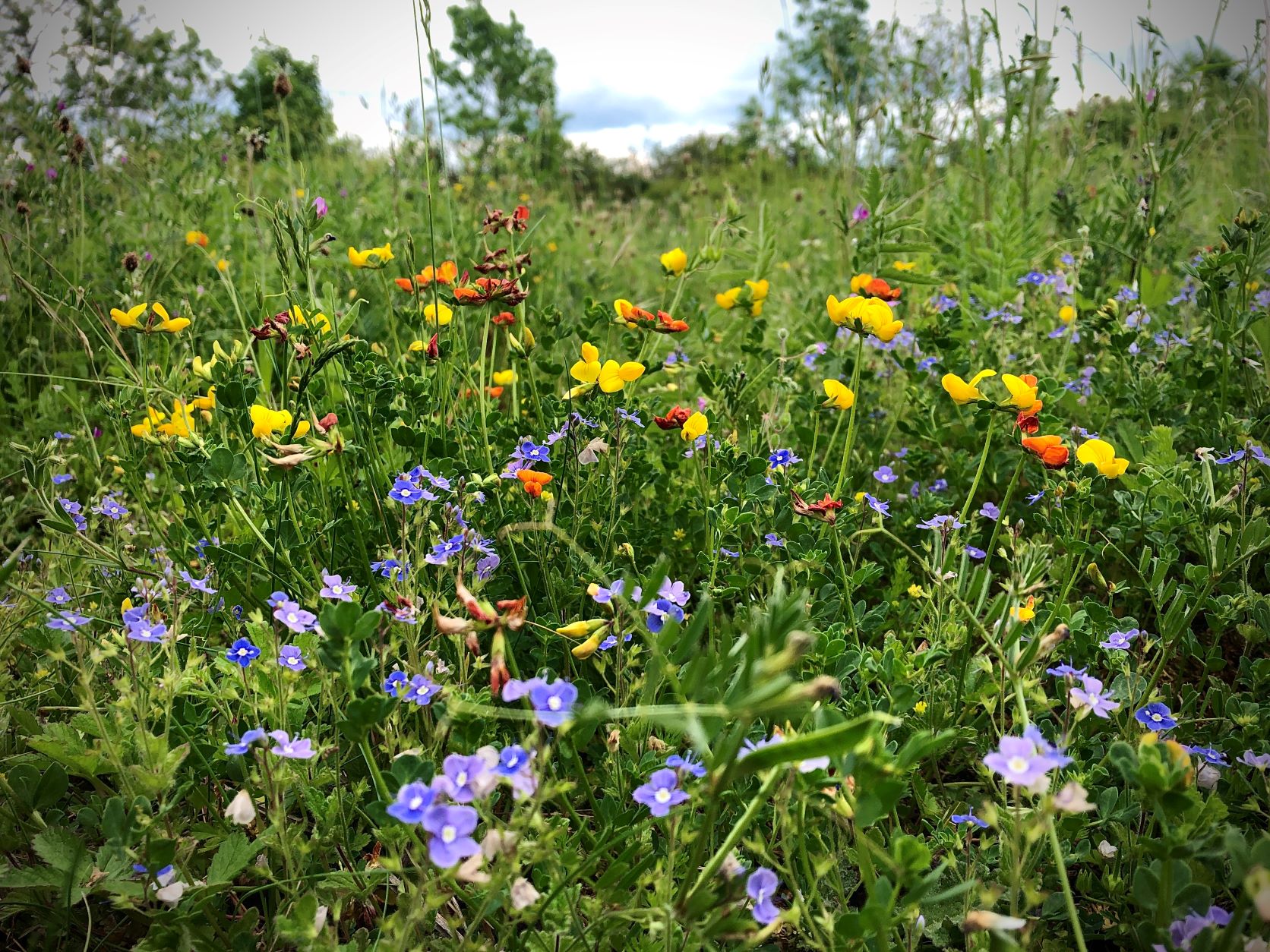
May to August is the peak season for bat emergence/re-entry surveys of buildings and trees, with consideration needed because several surveys will often be required at both dusk and dawn. Careful consideration on timing is required because surveys are weather dependant and also have to compete with the already ongoing bat transect surveys.
The summer signals the end of the amphibian season as breeding is over for another year and the adults head back to their terrestrial habitat. Aquatic surveys need to be completed by mid-June with eDNA continuing until the end of June.
July marks the end of the breeding season for another character from Wind in the Willows, Mr Badger, and from July onwards licences can be obtained for the disturbance or exclusion of badgers and their setts.
July also marks the start of the short season for invasive searches for white clawed crayfish.
September & October
As the summer draws to a close, the rustic colours of autumn begin to show, ecologists start to see the light at the end of the tunnel with the hopes of a good night’s sleep creeping back in.
Bat emergence/re-entry surveys can continue nto September, but only if surveys have been carried out within the peak surveys season of May to August, and transect surveys continue into October.
Birds are getting their last brood off before the end of the nesting season, which depends on the weather but is usually around September.
The survey season for white clawed crayfish comes to an end and the final checks for reptiles, hazel dormice and Ratty, the water vole, need to be planned.
Autumn also sees the end of the peak season for most habitats with a lot of plant species dying back ready for the onset of winter and for the cycle to start again.
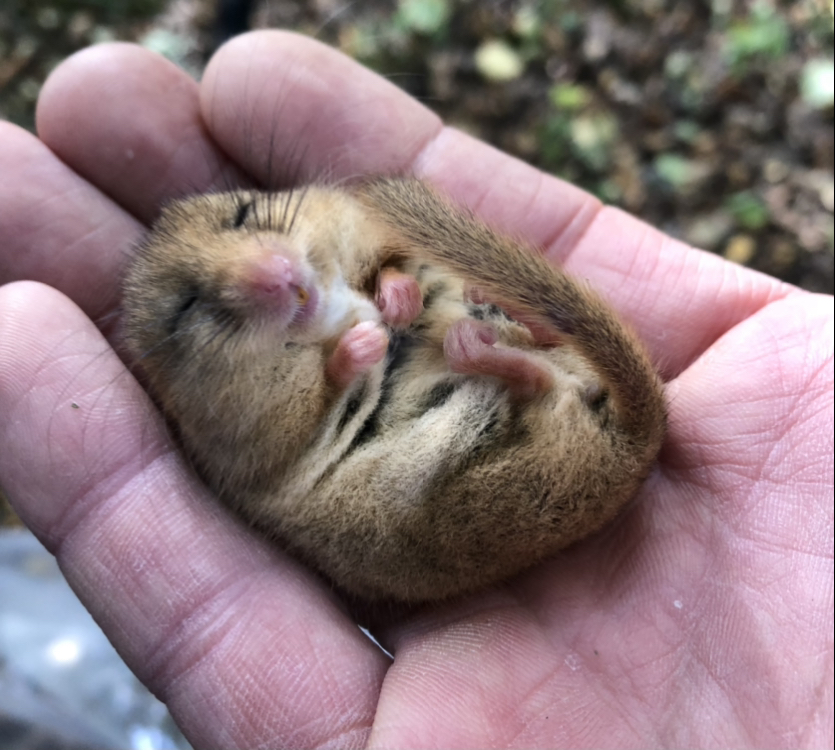
November & December
The end of November sees the start of the breeding season for Mr Badger, which means that all exclusion works need to be complete.
The end of the year and the run up to Christmas see the end of the ecological year and signal the time for ecologists to head back indoors and spend their time writing up everything that’s happened throughout another busy year.
Don’t miss out on any of the seasons listed above, get in early and get your surveys for the year planned.
